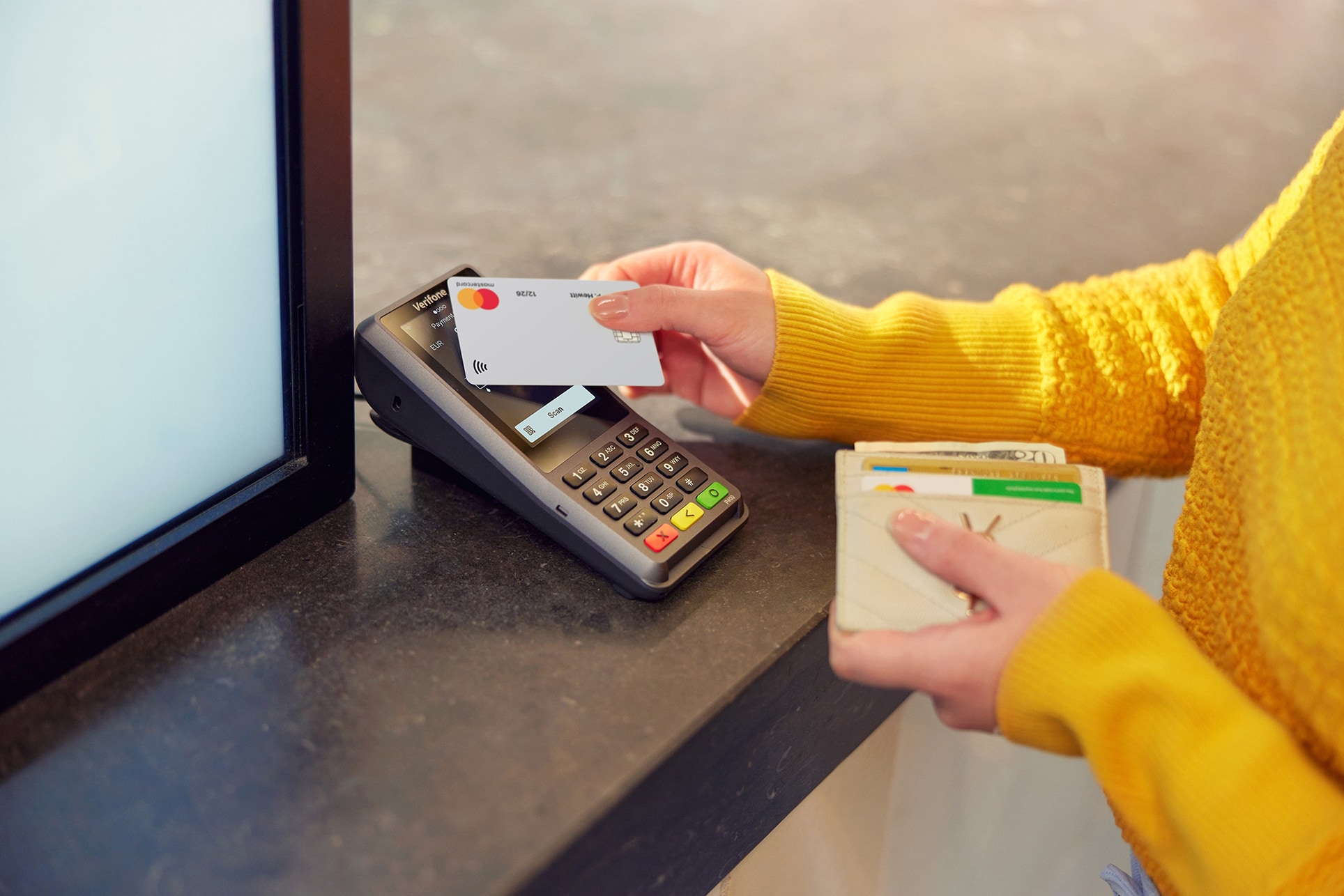In recent years (and especially in 2020), the hotel industry has experienced how much the market can fluctuate. The result of those giant swings in supply and demand is that more and more hotels are working with a dynamic pricing strategy to keep up with the competition. Does this sound familiar? Then it's worth exploring what a dynamic pricing strategy can do for your hotel. If you want to start implementing a dynamic pricing strategy, need to have the right channels and tools in place.
In this article, we'll cover:
- what is dynamic pricing
- what is the benefit of dynamic pricing
- if your hotel needs a dynamic pricing strategy
- what tools you'll need to get started with it
continue reading below banner >-png.png)
Static pricing: When the hotel maintains the same room rates regardless of occupancy, market trends and market demand.
Dynamic pricing: When room rates are continuously adjusted to changing market conditions, with a focus on supply and demand.
What is dynamic pricing for hotels?
When you continually adjust your room rates based on supply and demand, that is called dynamic pricing. The correct use of dynamic room pricing results in a higher average daily rate (ADR), RevPar (revenue per available room) and room revenue. The odds are that you already apply different prices at different times. You may already be factoring in the following:
Target groups and room types:
You apply different rates to different target groups and have matching room types.
Seasonality or events:
Your prices differ depending on the occupancy you can expect during specific periods or events.
If you apply this to your hotel, you are practising price optimisation. But what is the difference with a dynamic pricing strategy? It’s mainly in its intensity, timeliness and automation. With dynamic pricing, you're not only looking at predictable things like seasonality but also history, booking behaviour, competition, weather, and many other environmental factors. Although you still plan your room rates a year ahead with dynamic pricing, it serves more as a starting point than the rule. Room rates can change by the week, by the day, or even by the hour based on continually changing forecasts.
What is the benefit of a dynamic pricing strategy?
With a dynamic pricing strategy, you can make informed and accurate decisions to optimise profitability. It also makes you more aware of your environment and which factors greatly influence your business. Because your room rates are always subject to optimisation, dynamic pricing can be an effective way to increase your hotel's revenue significantly.
Does my hotel need a dynamic pricing strategy?
Let's be honest: if you want to keep up with the competition, a completely static pricing strategy no longer fits within today's market. By now, most hotels will be using a PMS (Property Management System) in combination with a channel manager to do some degree of price optimisation on their sales channels.
If you want to go a step further by working with dynamic pricing, you will need at least one full-time revenue manager. It takes a lot of time and expertise to evaluate external factors and continually adjust your prices accordingly. It also requires considerable focus: if a forecast turns out to be wrong, you could lose control over your room rates. Purchasing a revenue management system (RMS) takes much of this work off your hands and minimizes forecast errors. Do some research and calculations to determine if the additional revenue will outweigh the price you pay for an RMS. Also, keep in mind that your new approach's investments will take at least a year to pay off. If your hotel is in an area with little competition and is less susceptible to external influences, the investment may not be of interest to you.
What tools do you need for dynamic pricing
A revenue management system allows you to use dynamic pricing reliably. To get efficiency out of the RMS as much as possible, it must also communicate the rate results directly to the reservation system (PMS) and channel manager for your booking sites. When these hotel systems do not integrate, hoteliers must manually enter the data into the RMS, and vice versa, manually enter the recommended rates back into the PMS. This work is not only time-consuming but also lowers accuracy. The RMS can also make fair use of your PMS and channel manager's data to make predictions. So, the integration between these systems is very important to get started with a dynamic pricing strategy. Therefore, always ask for advice from your current software supplier to get started with an RMS.
About SmartHOTEL
For more than 16 years, SmartHOTEL has been helping hoteliers navigate the exciting world of online distribution. From our office based in the Netherlands and the United Kingdom, our team serves independent hotels, hostels and chains worldwide by providing channel management and tailored online distribution solutions. A lot has changed over the last years, but our goal remains the same: simply connect hotels to the world. For any questions regarding our services, please contact us at sales@smarthotel.nl or call +31 (0)182 75 11 18.



.png?width=280&name=SmartHOTEL_logo_websitefooter%20(002).png)
